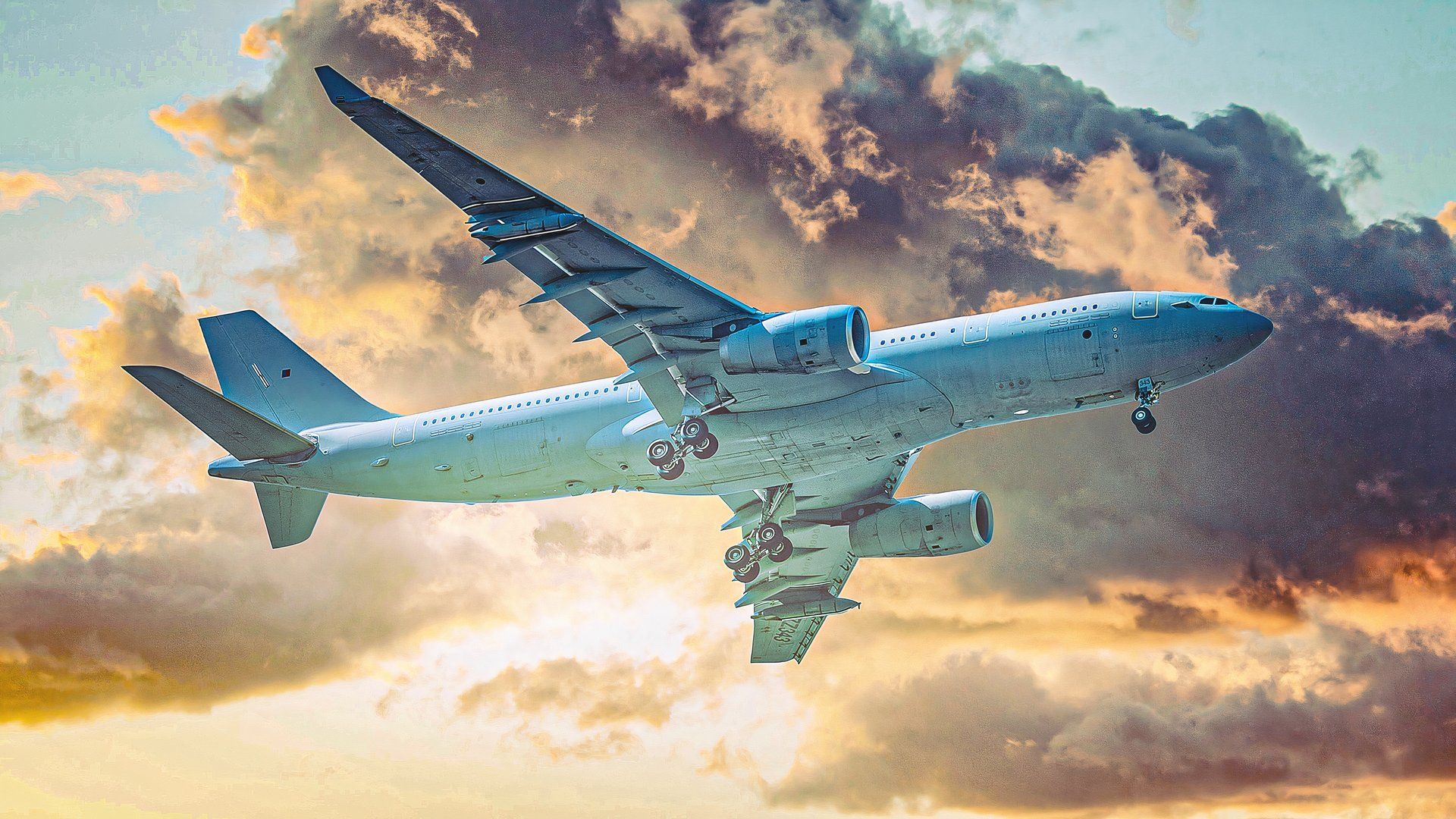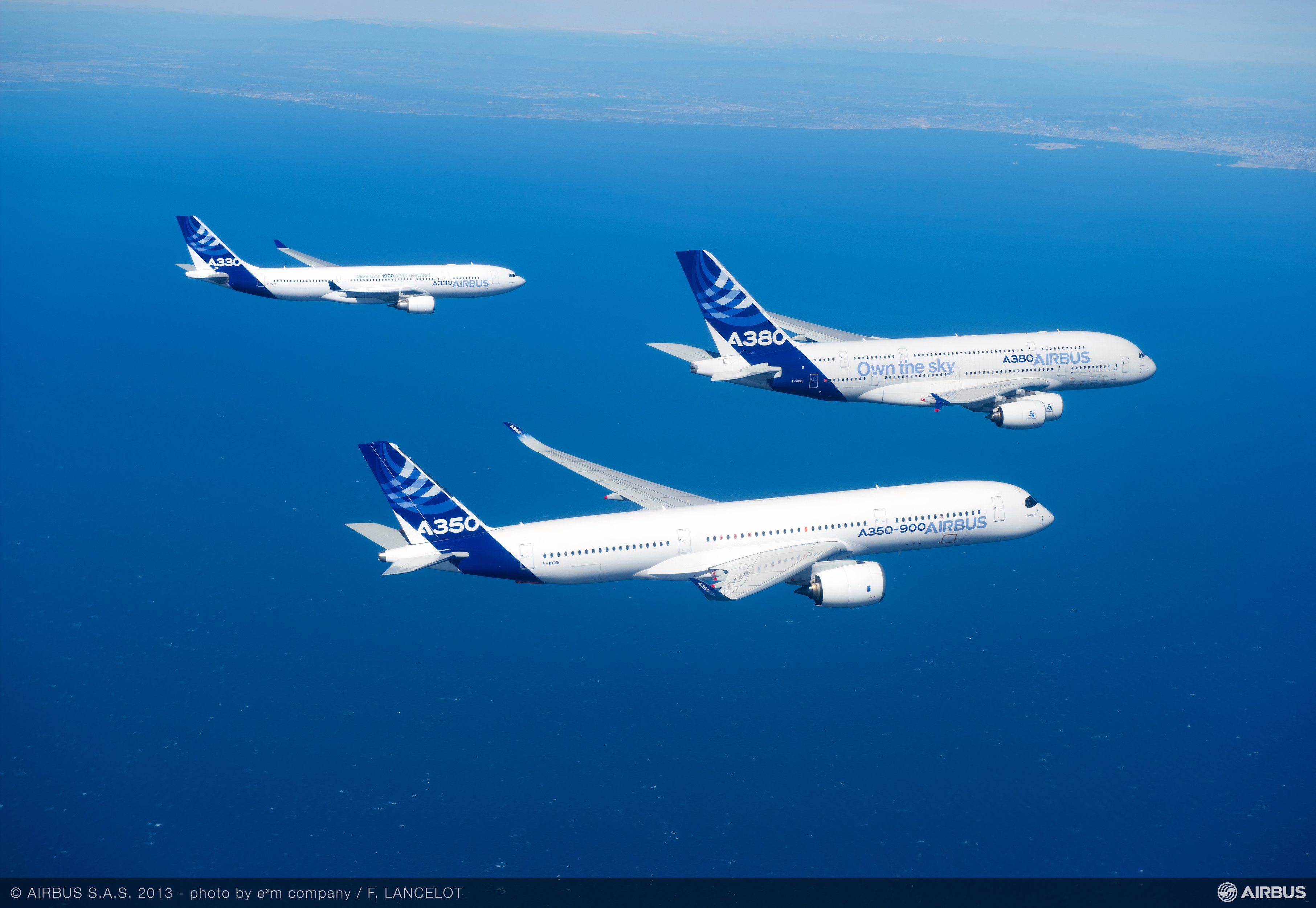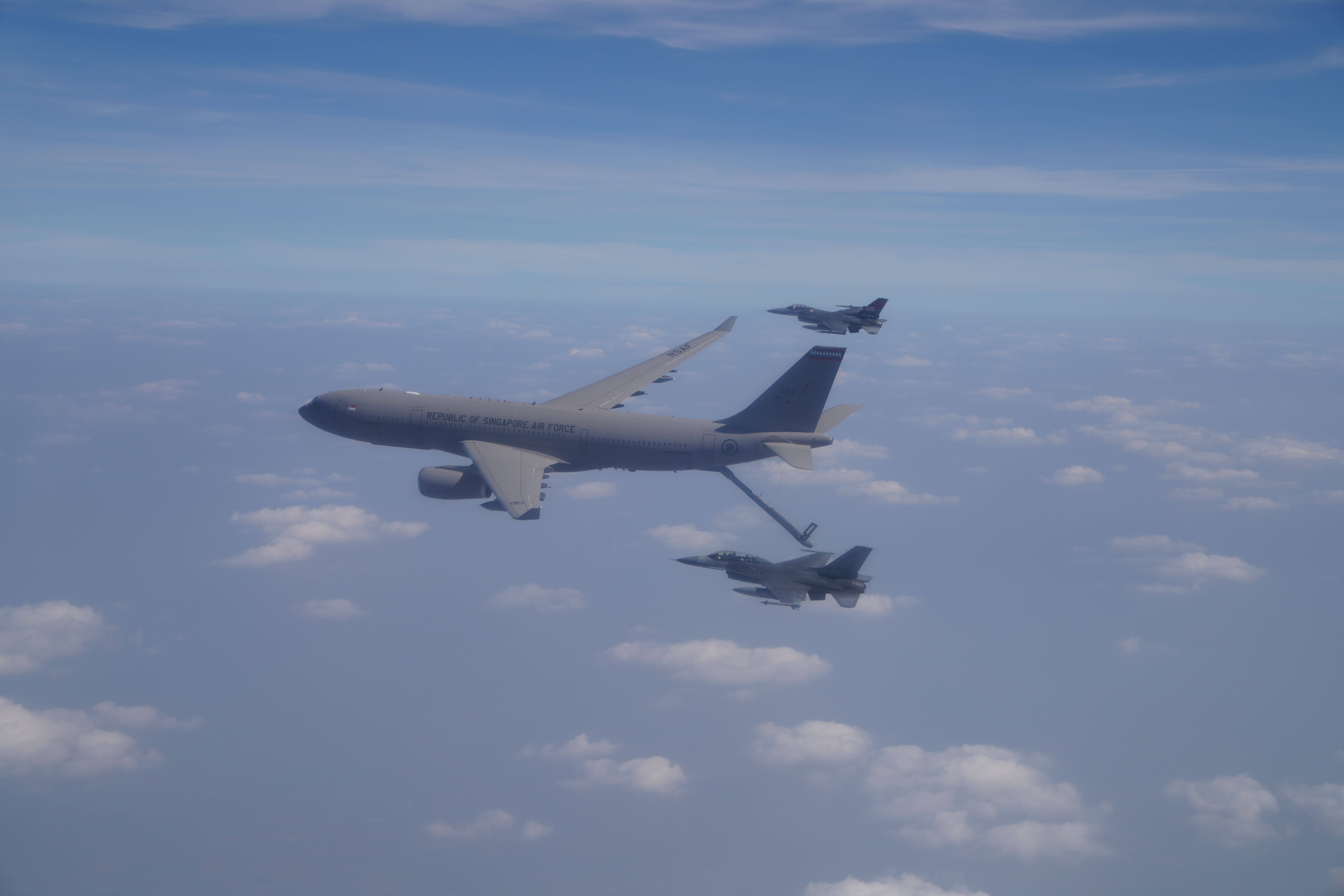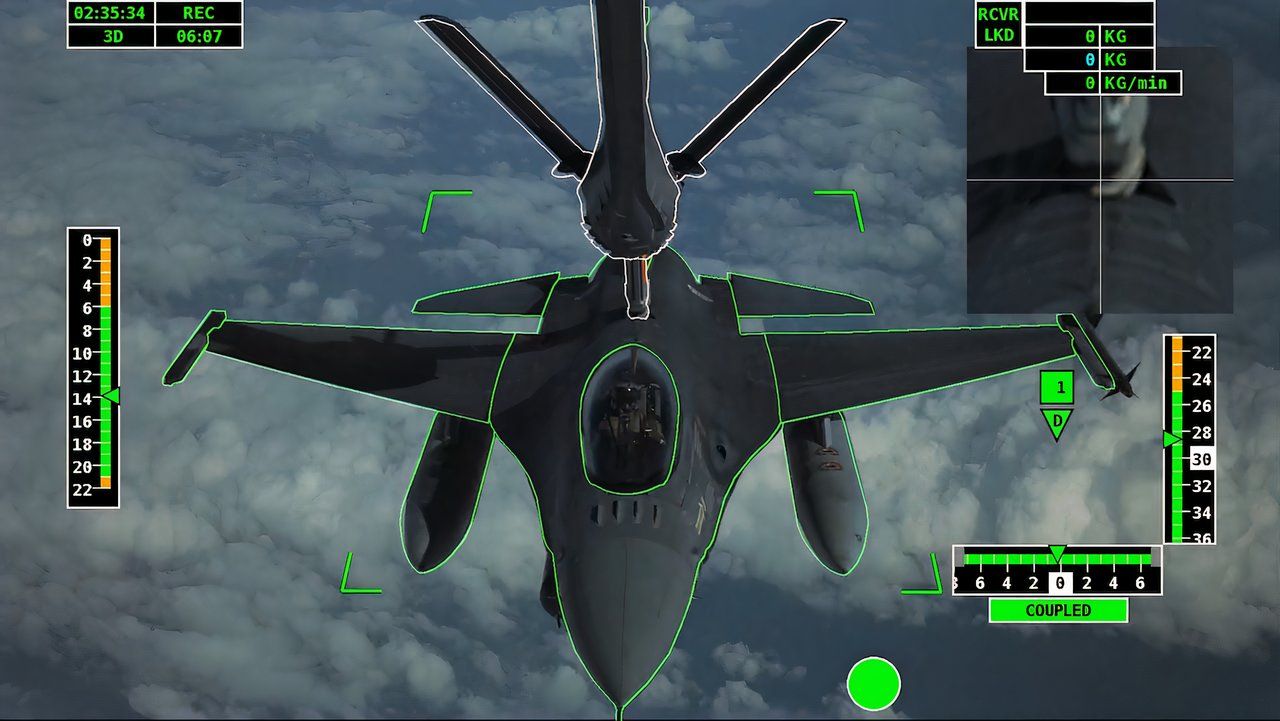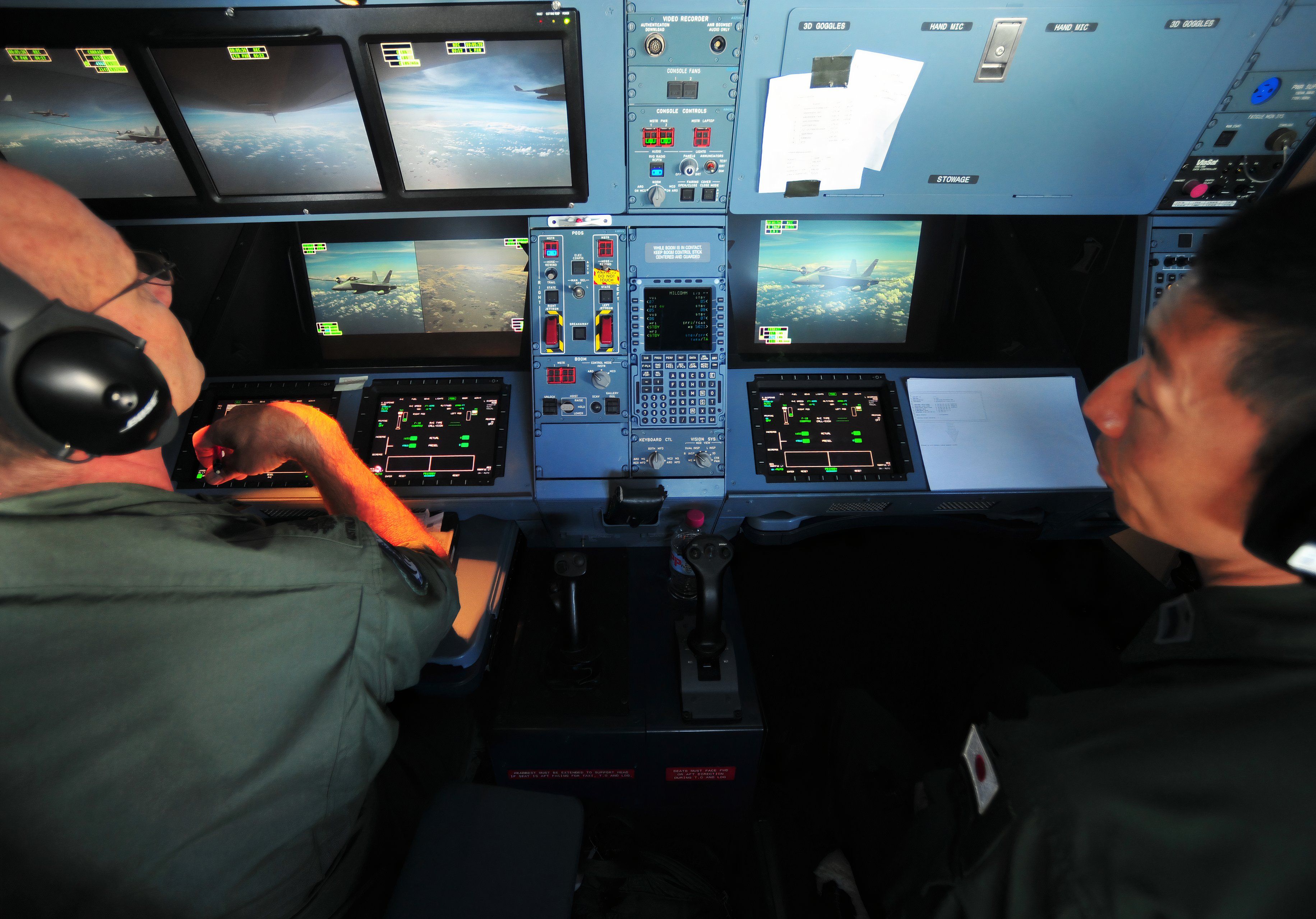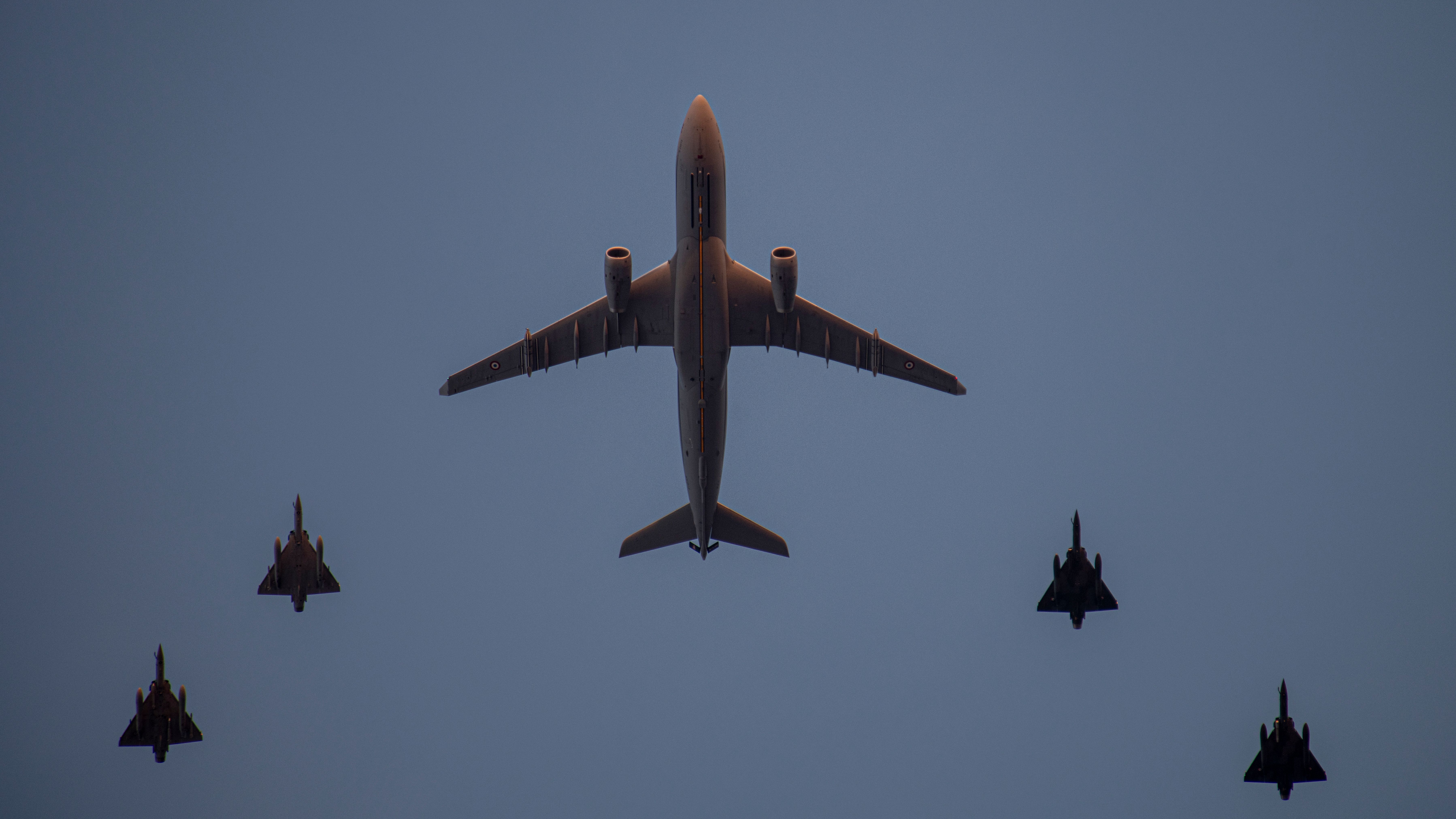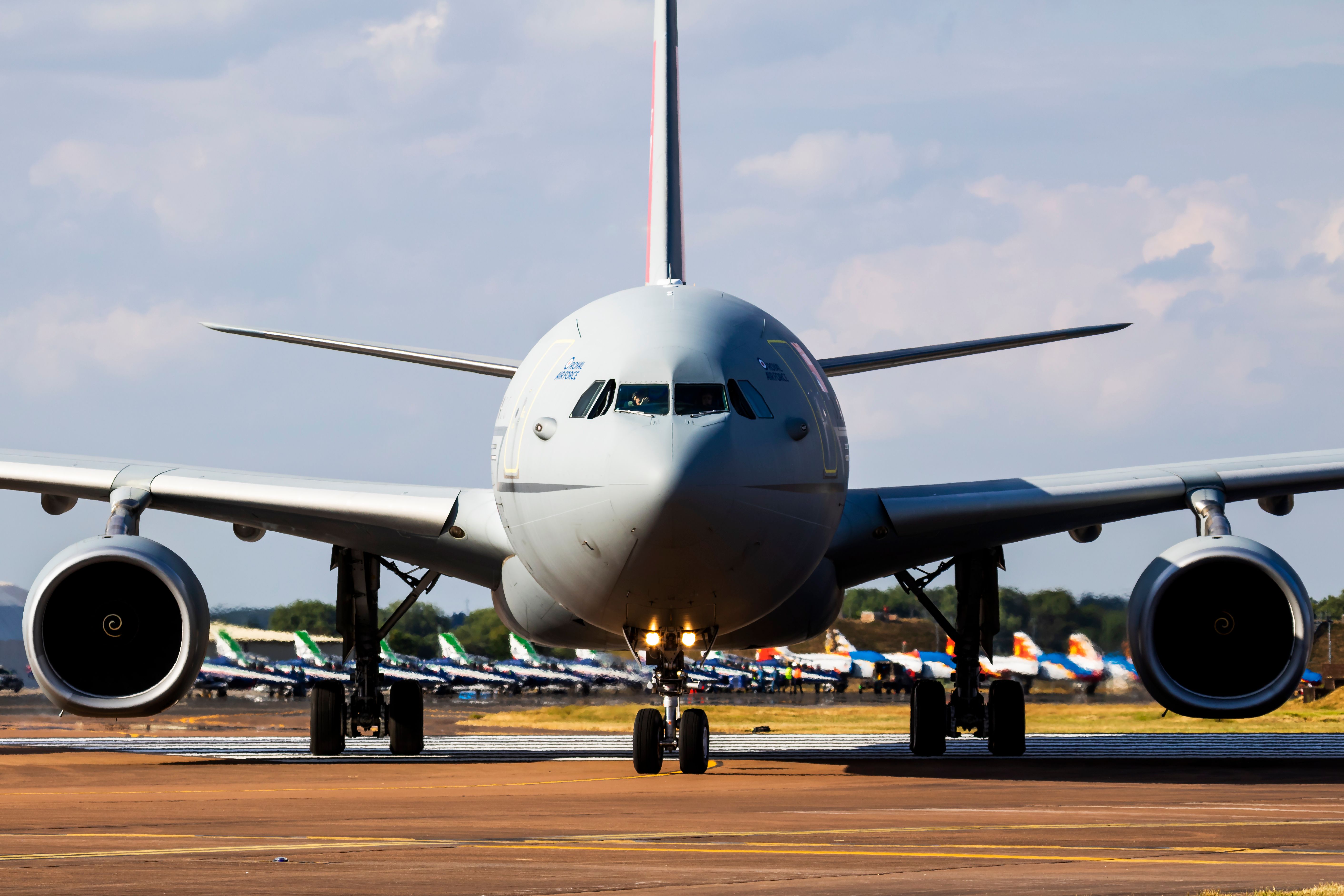Summary
- The Airbus A330 MRTT program has delivered 1598 aircraft, with plans for an improved version. (114 characters)
- A330 MRTT operates in 15 countries, boasting advanced refueling abilities essential for military operations. (108 characters)
- The aircraft’s versatile capabilities include extensive fuel storage, mission support systems, and aeromedical evacuation options. (128 characters)
Aerial refueling is a crucial aspect for extending the duration of military air-missions. With the goal of keeping aircraft on station, be it combatant, reconnaissance or command and control, tankers make these extended missions a reality. The Airbus A330 MRTT is one such aircraft.
A bit about Airbus
Airbus
is a European multinational aerospace corporation, with its primary headquarters in Blagnac, France. However, Airbus maintains production facilities located in numerous countries, including France, Germany, Spain, the United Kingdom, Canada, the United States and China.
Photo: Airbus
Airbus A330 MRTT production and program customers
The Airbus A330 Multirole Tanker Transport (MRTT), is the military variant of the proven Airbus A330-200 airliner, in production since 1998. According to an official report from Airbus, there have been 1,598 deliveries of the A330 family of aircraft as of April 2024.
The A330 MRTT has been so successful that Airbus is looking to launch the MRTT+ based on the A330-800neo commercial airliner. According to Breaking Defense, this new variant will revolve “around the integration of the Rolls Royce Trent 7000 engine, improved wingtip design, nacelle, and pylon alterations — all taken together to deliver eight percent less fuel consumption for extended range.”
Photo: Bluebearwing | Shutterstock
“So well-received is the A330 MRTT, that program customers include the air forces of 15 countries…”
The A330 MRTT variant is assembled in Toulouse, France. Following assembly, it’s flown to the conversion center in Getafe, Spain, where the refueling system and its military avionics are installed.
So well-received is the A330 MRTT, that program customers include the air forces of 15 countries: Canada, United Kingdom, Spain, France, Luxembourg, Belgium, Netherlands, Germany, Czech Republic, Norway, Saudi Arabia, United Arab Emirates, Singapore, Republic of Korea and Australia.
The A330 MRTT has accumulated more than 275,000 flight hours since its entry into service in 2011.
|
General Dimensions |
Numerical Data |
|---|---|
|
Overall length |
193 ft. (58.80 m) |
|
Overall height |
57 ft. (17.40 m) |
|
Wing span |
198 ft (60.30 m) |
|
Wing area |
3,897 ft. (362 m2) |
|
Maximum Weights |
Numerical Data |
|
Maximum Take-Off Weight (structural) |
514,000 lb. (233,000 kg) |
|
Maximum Landing Weight (structural) |
401,000 lb. (182,000 kg) |
|
Maximum Fuel Weight MFW |
245,000 lb. (111,000 kg) |
|
Maximum payload (Any combination of PAX & cargo) |
99,000 ld. (45,000 kg) |
|
Engine |
Numerical Data |
|
General Electric CF6-80E1A3 |
72,000 lbf (320 kN) |
|
Rolls-Royce Trent 772B |
71,000 lbf (316kN) |
|
Performance |
Numerical Data |
|
Maximum Cruise Altitude |
41,500 ft (12,600 m) |
|
Maximum operating altitude – AAR mission |
35,000 ft (10,700 m) |
|
Maximum cruise speed |
Mach 0.86 |
|
Typical cruise speed |
Mach 0.82 |
|
Refueling envelope |
180-325 kt CAS |
|
Range |
Numerical Data |
|
Range with maximum payload (ISA+15) |
3,800 nm (7,000 km) |
|
Range with 40 tons payload (ISA+15) |
4,500 nm (8,400 km) |
|
Range with 30 tons payload (ISA+15) |
5,500 nm (10,200 km) |
|
Range with 20 tons payload (ISA+15) |
6,500 nm (12,000 km) |
|
Range with 10 tons payload (ISA+15) |
7,500 nm (13,900 km) |
|
Ferry range/range with maximum fuel (ISA+15) |
8,700 nm (16,100 km) |
|
Take-off and Landing Performance |
Numerical Data |
|
Landing distance – LFL-SL MLW |
5,700 ft (1,750 m) |
|
Landing distance – LFL-2000 ft, MLW |
6,000 (1,800 m) |
|
Take-off distance – SL, ISA, MTOW |
9,200 ft. (2,800m) |
|
Take-off distance – 2000 ft, ISA, MTOW |
10,000 ft (3000 m) |
|
Crew |
|
|
Flight crew |
2 |
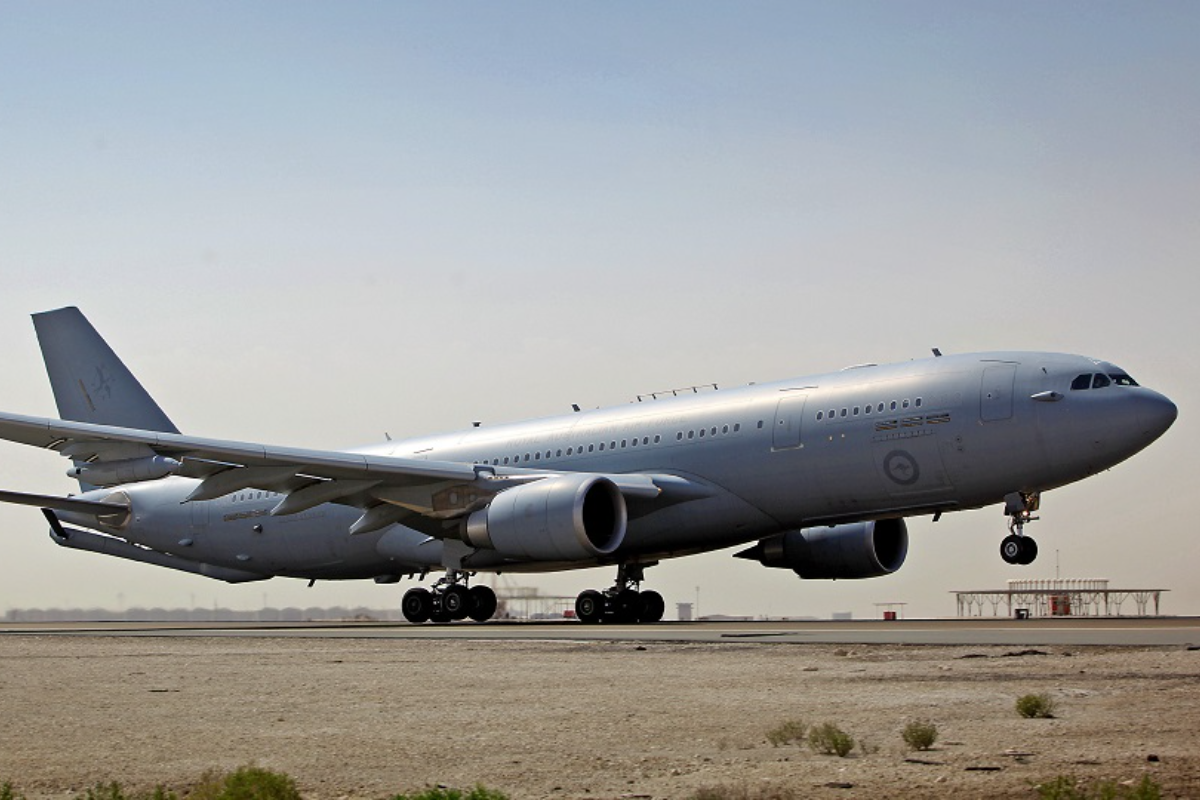
Related
RSAF Becomes A Major Airbus A330 MRTT Operator As Saudi Arabia Buys 4 More
Saudi Arabia is set to grow its A330 MRTT fleet to 10 and become one of the top operators of Airbus’ popular tanker.
Factors that make the A330 MRTT an amazing aircraft
To begin with, the A330 MRTT is not simply a flying gas station for thirsty military aircraft to get a quick refill.
It’s a cargo-hauler, troop transport, and, if need be, its interior can be converted into an aeromedical aid station, complete with intensive care facilities, albeit with reduced passenger space.
The A330 MRTT can fly 1000 nautical miles and offload up to 70 tons of fuel in one hour, 25% more than tanker aircraft from other manufacturers.
A330 MRTT tanker capability
As its primary role is that of a tanker, the A330 MRTT is fully interoperable with key partner aircraft. According to Airbus, this aircraft is capable of carrying an unmatched 245,000 lb. (111,000 kg) of fuel, providing the A330 MRTT with an exceptional range and fuel offload capability. Via the extendable tail boom, the A330 MRTT has a fuel-transfer rate of up to 1,200 gallons per minute (3,600 kg/min).
This fuel is primarily stored in massive storage compartments within the aircraft’s wings and a centerline compartment between the wings.
Photo: Airbus
By comparison, the KC-46A Pegasus has a fuel storage capacity of 212,299 pounds (96297kg).
Managing and monitoring the fuel transfer process
The fuel transfer process of the A330 MRTT is controlled via the advanced Air Refueling console located on the flight deck, this maximizes crew coordination.
The advanced mission planning system (also located on the flight deck) provides mission support for on-ground, in-flight, and air-to-air refueling operations (AAR), this ensures the timely coordination of the crew should unexpected events arise.
To ensure that the refueling process is as seamless as possible, the A330 MRTT is equipped with advanced sensors that allow for the observation and control of the refueling equipment.
According to Airbus, these sensors include “an Enhanced Vision System (EVS) that allows the remote operation of the AAR systems using a set of 2D/3D digital cameras.
This high definition camera system provides day, night and adverse weather operation images, a 270º sector view behind the aircraft, an option to monitor details of the refueling equipment and allows high resolution video recording of the refueling operations.”
With the extendable tail-boom, the A330 MRTT can provide fuel to the C-17 Globemaster, E-3 AWACS, E-7 Wedgetail, F-15 Eagle, F-16 Falcon, F-35A Lightning II, B-1 Lancer, F-22 Raptor, P-8A Poseidon and the B-52 Stratofortress.
With the hose and drogue, the A330 MRTT can provide fuel for the F-35B Lightning II, F-18 Hornet, EA-18G Growler, EA-6B Prowler, E-3D AWACS, C-130 family, Eurofighter, Mirage 2000, Rafale, Panavia Tornado, AV-8B Harrier and the SU-30 Flanker.
Strategic transport and aeromedical capability
Aside from providing fuel for the extension of critical missions, the A330 MRTT has the cabin space to accommodate up to 300 soldiers.
Their gear can be stowed within the cargo bay, which can accommodate up to 99,000 pounds (45,000 kg). This capability can readily assist any operation abroad, providing the ability to rapidly surge combat-ready soldiers to their desired theater of operations.
“While fulfilling the role of connector to a theater of operations, the A330 MRTT is also capable of rapid conversion into a medical evacuation craft”
While fulfilling the role of connector to a theater of operations, the A330 MRTT is also capable of rapid conversion into a medical evacuation craft.
With a reduction to 88 passenger seats, the cabin can accommodate 32 stretchers and two intensive care stations. In its full aeromedical evacuation configuration, the cabin can accommodate up to 130 stretchers.
Photo: Soos Jozsef | Shutterstock
The essential role that tankers play in the modern battlespace
Given the fast pace and attritional nature of modern warfare, it is essential to maintain a constant flow of soldiers and their essential equipment, not only to maintain their operations but also to consolidate the areas they have secured.
Tankers such as the A330 MRTT and others like it provide invaluable services to commanders overseeing operations at vast distances from their home country. Multirole tankers allow for the efficient transport of soldiers, essential supplies, and, in the MRTT’s case, the evacuation of wounded personnel.
With its amazing multifunctionality, it’s easy to lose sight of its original intent as a tanker. The MRTT provides an ample amount of fuel for aircraft supporting crucial in-theater or tactical operations, making it an incredible force multiplier.

Related
The Canadian Air Force’s Incoming A330 MRTTs: What We Know So Far
The Canadian government has released more information about its plan to operate a fleet of 9 A330MRTTs.

